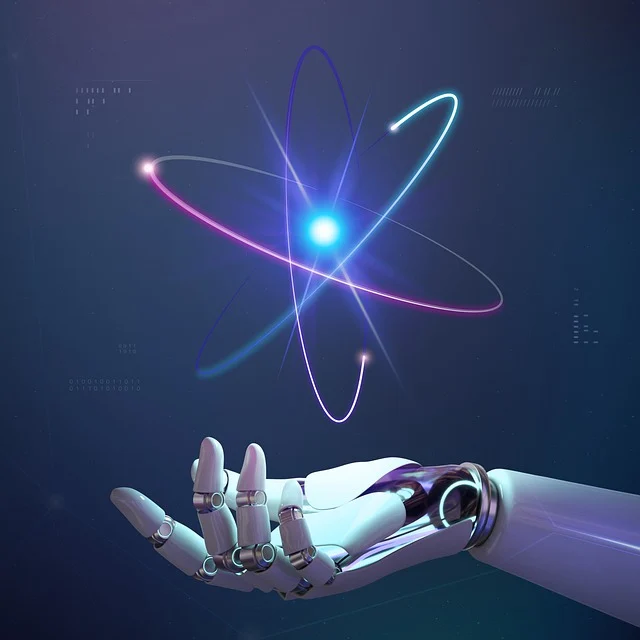What is Robotic Process Automation?
Robotic process automation (RPA) is a software technology that makes it easy to build, deploy, and manage software robots that emulate humans’ actions interacting with digital systems and software. Just like people, software robots can do things like understand what’s on a screen, complete the right keystrokes, navigate systems, identify and extract data, and perform a wide range of defined actions. But software robots can do it faster and more consistently than people, without the need to get up and stretch or take a coffee break.
What are the business benefits of RPA?
Robotic process automation streamlines workflows, which makes organizations more profitable, flexible, and responsive. It also increases employee satisfaction, engagement, and productivity by removing mundane tasks from their workdays.
1 Accelerated transformation
Among global executives, 63% say RPA is a major component in digital transformation.
2 Major cost savings
RPA drives rapid, significant improvement to business metrics across industries and around the world.
3 Greater resilience
RPA robots can ramp up quickly to match workload peaks and respond to big demand spikes.
4 Higher accuracy
57% say RPA reduces manual errors.
5 Improved compliance
92% agree RPA has ‘met or exceeded expectations’ for better compliance.
6 Boosted productivity
68% of global workers believe automation will make them more productive.
7 More value from personnel
60% of executives agree RPA enables people to focus on more strategic work.
8 Happier employees
57% of executives say RPA increases employee engagement.
Why is RPA transformative?
RPA technology is changing how the world gets work done.
Software robots—instead of people—do repetitive and lower-value work, like logging into applications and systems, moving files and folders, extracting, copying, and inserting data, filling in forms, and completing routine analyses and reports. Advanced robots can even perform cognitive processes, like interpreting text, engaging in chats and conversations, understanding unstructured data, and applying advanced machine learning models to make complex decisions.
When robots do these types of repetitive, high-volume tasks, humans are freed to focus on the things they do best and enjoy more: innovating, collaborating, creating, and interacting with customers. Enterprises get a boost too: higher productivity, efficiency, and resilience. It’s no wonder that RPA is rewriting the story of work.
Where can RPA be used?
Today, RPA is driving new efficiencies and freeing people from repetitive tedium across a broad swath of industries and processes. Enterprises in industries ranging from financial services to healthcare to manufacturing to the public sector to retail and far beyond have implemented RPA in areas as diverse as finance, compliance, legal, customer service, operations, and IT. And that’s just for starters.
RPA has become so widespread because it is broadly applicable. Virtually any high-volume, business-rules-driven, repeatable process is a great candidate for automation—and increasingly so are cognitive processes that require higher-order AI skills.
Blog By : Priyanka Rana

12
MayRobotic Process Automation?
May 12, 2023Recent Blog
Vikram 3201 & Kalpana 3201Apr 04, 2025
The Open Weight Language ModelApr 03, 2025
Asia Cup 2025Apr 02, 2025
The CrocodilusApr 01, 2025
SARATHIMar 31, 2025




